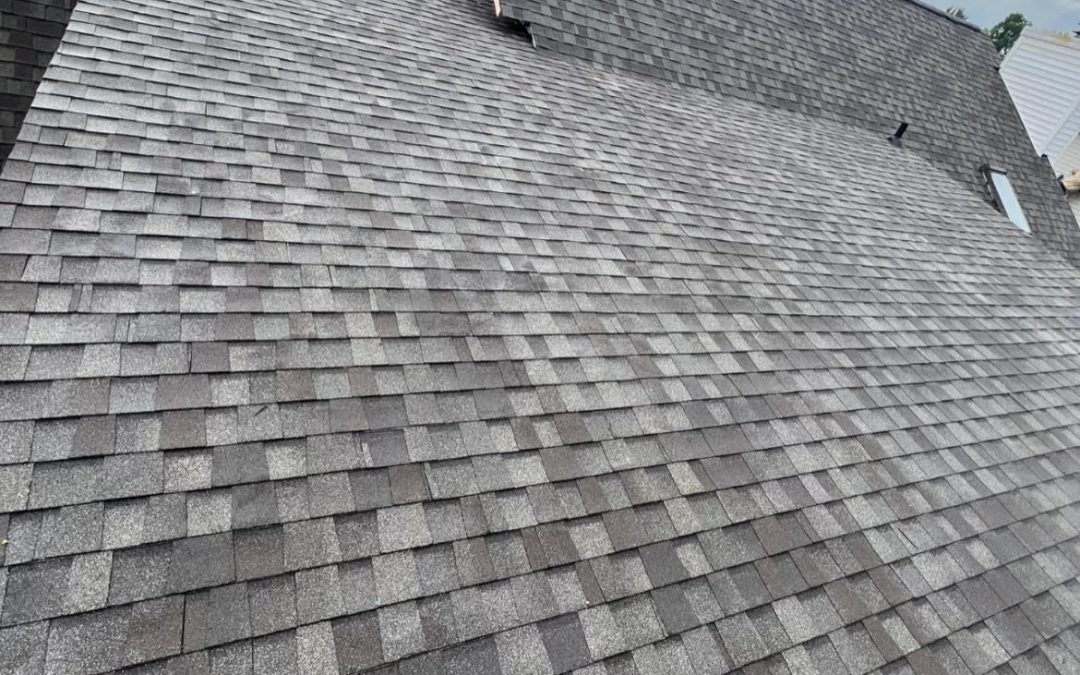Your home’s roof is a critical component of its overall structure, acting as the first line of defense against harsh weather conditions. However, over time, it can succumb to wear and tear, making it susceptible to various issues that can compromise its integrity and performance. From leaks and water damage to missing or damaged shingles, there are several tell-tale signs that your roof may need repair. Recognizing these signs early can prevent further damage, saving you time, stress, and money in the long run.
- Leaks or water damage: If you notice water stains on your ceiling or walls, it’s a clear sign that your roof may have a leak and requires repair.
- Missing or damaged shingles: If you see any shingles that are cracked, broken, or entirely missing, it’s time to have them replaced to prevent further damage.
- Curling or buckling shingles: Shingles that are curling at the edges or buckling in the middle indicate they are reaching the end of their lifespan and need to be repaired or replaced.
- Granule loss: Check your gutters for an excessive amount of granules. If you find a significant accumulation, it may indicate that your shingles are deteriorating and need attention.
- Sagging roof: A sagging roof is a serious issue that may require immediate repair. It can indicate structural damage or a problem with the underlying support system.
- Damaged flashing: Flashing helps to seal areas where the roof meets other structures, such as chimneys or vents. If the flashing is damaged or deteriorated, it can lead to leaks and should be repaired.
- Increased energy bills: If you notice a sudden increase in your energy bills, it could be due to poor insulation caused by roof damage. Repairing the roof can help improve energy efficiency.
- Mold or mildew growth: Excessive moisture from a leaking roof can lead to the growth of mold or mildew in your attic or ceiling. This is a clear indication that repairs are needed.
- Sunlight coming through: If you can see light shining through your roof during the daytime, it means there are gaps or holes that need to be addressed immediately.
- Age of the roof: If your roof is approaching or exceeding its expected lifespan (typically 20-25 years), it’s a good idea to have it inspected for any signs of wear and tear that may require repair.
In conclusion, maintaining the health of your roof is paramount in preserving the overall structural integrity of your home. Familiarizing yourself with the common signs of roofing problems such as leaks, damaged shingles, granule loss, sagging roof, damaged flashing, increased energy bills, mold growth, sunlight penetration, and age-related wear and tear, allows for timely intervention and repair. Regular inspection and immediate attention to any potential issues can extend the lifespan of your roof, improve your home’s energy efficiency, and prevent costly future damages.

